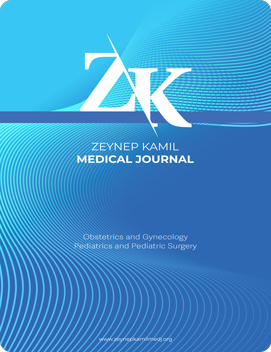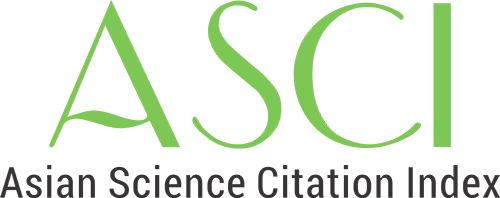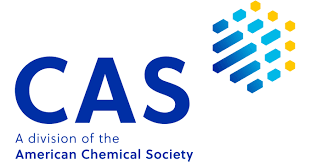Quick Search
Evaluation of the relationship between dental caries and urinary tract infections
Fedli Emre Kılıç1, Habip Almiş2, İbrahim Hakan Bucak3, Mehmet Turgut41Department of Pediatrics, Adıyaman Training and Research Hospital, Adıyaman, Türkiye2Department of Social Pediatrics, Adıyaman University Faculty of Medicine, Adıyaman, Türkiye
3Department of Pediatric Emergency, Adıyaman University, Faculty of Medicine, Adıyaman, Türkiye
4Department of Pediatrics Infectious Diseases, Adıyaman University, Faculty of Medicine, Adıyaman, Türkiye
INTRODUCTION: The most common infections in childhood and adolescence are the upper respiratory tract and urinary tract infections (UTI). Tooth decay is a multifactorial and infectious disease resulting from bacteria multiplying within the mouth and settling on the teeth and gums. The purpose of this study was to investigate whether any relationship exists between tooth decay and UTIs.
METHODS: This study was performed between January and June 2017 at the Adıyaman University Faculty of Medicine Department of Pediatrics. One hundred and forty-one cases were included. Patients age, sex, tooth brushing habits, hematological, biochemical and serological tests, complete urine examination, urine culture, blood culture, urinary system ultrasonography parameters, and numbers of decayed teeth were separately recorded.
RESULTS: Comparison of the cystitis and pyelonephritis groups revealed significantly greater tooth decay in the pyelonephritis group. Escherichia coli was the most common agent in all groups. Positive acute phase reactants such as white blood cell (WBC), C-reactive protein (CRP), and erythrocyte sedimentation rate (ESH) were high in the group with tooth decay and pyelonephritis, while red blood cells (RBC), Hct, albumin, amylase, calcium, chloride, iron, and phosphorus levels were low.
DISCUSSION AND CONCLUSION: Our study shows a positive association between pyelonephritis and tooth decay. We think that examination in terms of tooth decay among children under going pyelonephritis attacks will be beneficial to diagnosis and treatment. Further studies are now needed on this subject.
Keywords: Child, cystitis, pyelonephritis, tooth decay, urinary tract infection.
Manuscript Language: English
















